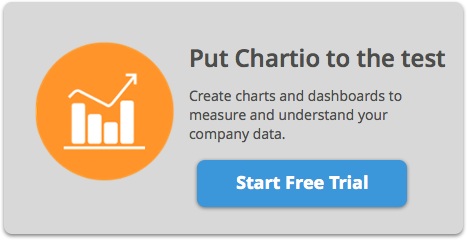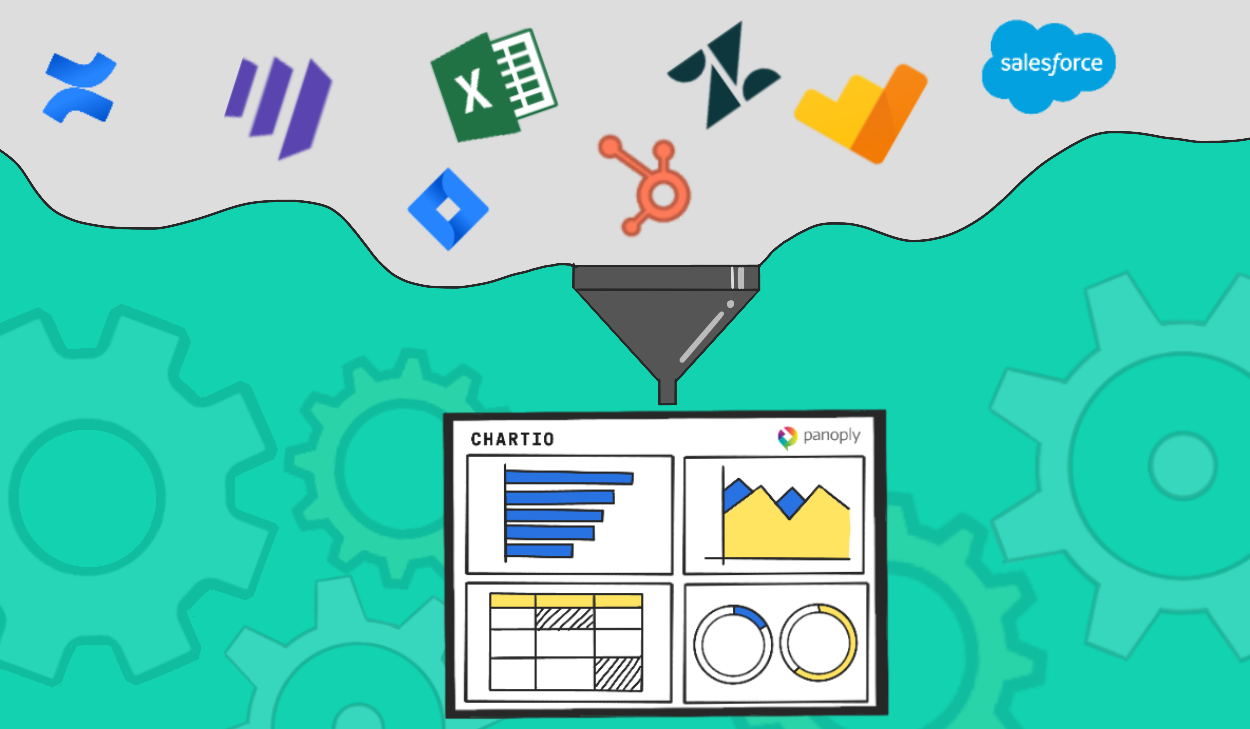How to Choose a BI Tool You're Going to Love
Posted by on July 28, 2015 , Data Governance, Chartio

The enterprise Business Intelligence market is large and well-established. It has long been crammed with an excess of sales and marketing dollars, which are spent explaining to (mostly CIO) decision makers how each product is unique and more powerful than the last.
CIO’s have traditionally bought software using long feature checklists and even longer sales processes. BI marketing teams are great at putting different names, acronyms, and spins on otherwise simple concepts to make themselves stand out in this traditional buying process.
Write out ten questions that you should be able to answer using your data … Then, ask yourself the three questions that really matter.
And, honestly, it’s tough to evaluate a BI product. They have so many features it’s more like evaluating an operating system than any single piece of software. No one compares OS X, Linux, and Windows based on a feature comparison. They all have the majority of what you need. In the final analysis, it comes down to how easy it is for you to use, and how well it works for you.
That’s a good way to think about BI products. They all (with the exception of the ones that are just getting started) have most of what you need. Forget about some exotic caching mechanism that promises make certain queries 10x faster or how many settings are available on a cool heat map.
Before you try any BI product – and you should always try before you buy – write out ten questions that you should be able to answer using your data. Answer each of them using any product you’re evaluating. Then, ask yourself the three questions that really matter.
Did You Get Your Questions Answered?
Assuming that your data actually contains the answers to your questions, you should be able to build nice set of charts and dashboards that you can use to answer your questions, communicate with your team, and monitor the results over time.
If you weren’t able to answer them with the tool, you should keep looking. If no tool can answer your questions, you may have more of a data (or expectations) problem than a BI problem.
Did You Do It Yourself?
Most BI vendors will spend as much time as it takes to answer your questions and build a great-looking dashboard out ofs the answers. How easy is that? You didn’t even have to do any work!
A modern business intelligence product will give you the tools you need to answer your own questions without help from specialized analysts or data scientists. You’re not going to want to email them with every new visualization need, and you can’t get an understanding of your data without being able to explore through it yourself. After using the product, are you ready to answer the next ten questions yourself?
You may need help at different steps, especially when you’re new to the tool, but you should be able to answer your questions for yourself. Doing it yourself will also show you whether the tool is flexible and general enough. Too often each question needs to be answered in a different way and by using a particular workaround, which is pitched as a feature.
If you still think you’d need a lot of help to answer the last few questions, and the next ten, then the product may not be self-service enough.
How Easy Was It?
And here’s the important kicker, and how you really evaluate an operating system. How difficult was it for you to answer those ten questions, and how difficult will it be to answer the next 10?
Of course, it’s still data science, and you’re going to have to do some work. There will be challenges. Data will be located in the wrong places, stored in the wrong formats, or just wrong sometimes. But which product works flexibly with you to solve those problems? Which product do you want to use on the next ten questions.
It’s All About You
So while other BI companies continue to duke it out increasingly esoteric feature sets, positioning themselves as the only tool that can get sub-second petabyte query performance or pitching the latest data warehousing philosophies, Chartio is focused on acing those three questions.
Chartio has all the features of a modern BI tool. But, most importantly, we’ve built them within a flexible, intuitive, and all-around usable product that will give you and your team real control and understanding of all of your data.



